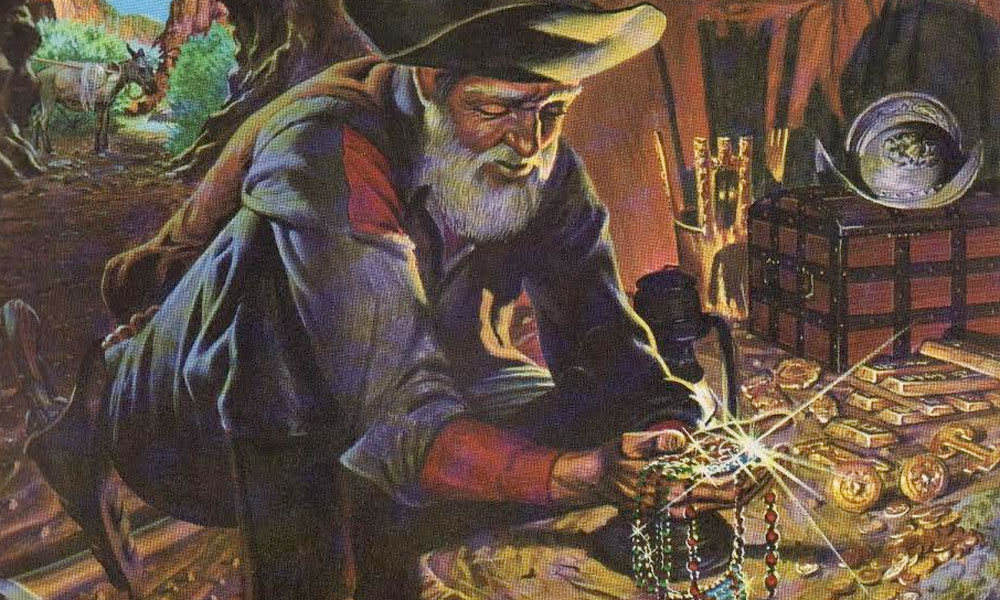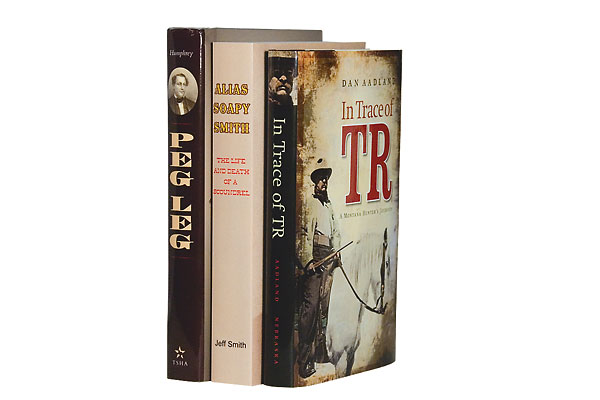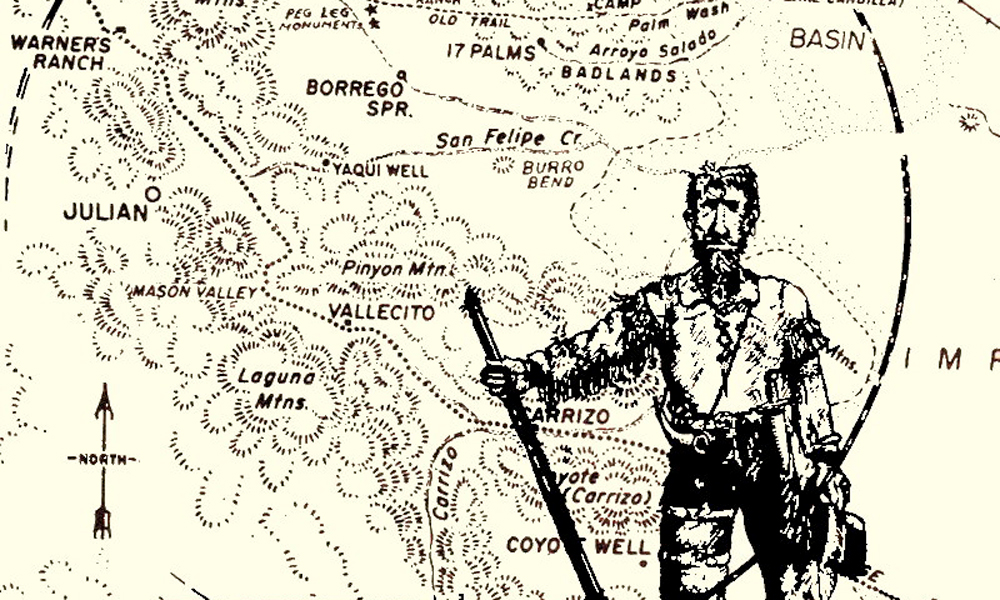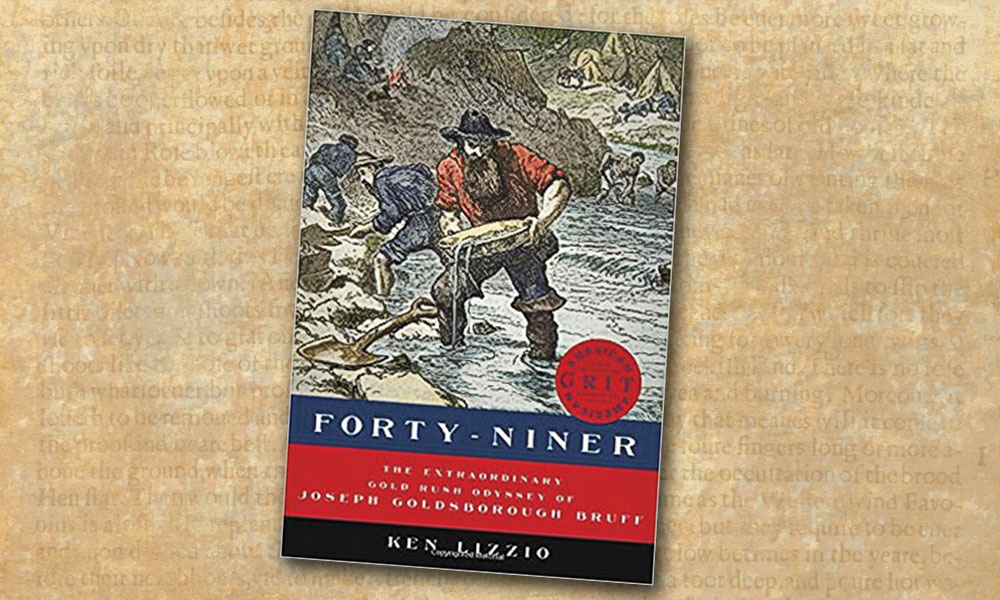
Thomas Smith, ranks right up there with America’s legendary mountain men, including Bill Williams, Jim Bridger, Kit Carson, Joe Walker, Jed Smith and Tom Fitzpatrick. He explored and trapped with all the great ones. He is better-known by his nickname, “Peg Leg.” It was in the fall 1827 in North Park, Colorado that he was wounded in the left leg. With the help of fellow trapper Milton Sublette and a jug of “Taos Lightning,” he amputated the leg. Smith himself cut through the flesh, then Sublette sawed through then the bone and the wound was seared with a rifle barrel heated in a fire until it was red-hot. That winter, while living with the Ute Indians, he whittled himself a new leg.
He learned to unhook his wooden leg in an instant and use it as a shillelagh in a brawl or a battle with Indians. He became known as the meanest barroom fighter in the West.
He was also one of the Old West’s toughest mountain men. A fierce, ask-no-quarter, give-no-quarter fighter, he could let out a blood-curdling war cry that was the envy of any Comanche warrior. He also had a rascally career as a horse thief.
Smith was another of those storied Irishmen on the American frontier. He began his career as a mountain man when he left Missouri in 1820 with Antoine Robidoux on a two-year trapping and trading expedition among the Sioux and Osage Indians. In 1824, he went to New Mexico as a free trapper. In the fall of 1826 he joined storied trapper Ewing Young’s expedition into Arizona. He spent a good part of his life trapping the rivers of the Southwest. The left side of his saddle was fitted with a long pouch instead of a stirrup, to receive the stump
Peg Leg arrived in California in early 1829 and stole a herd of horses, driving them to the mountains of New Mexico where they were sold at a handsome profit. He partnered up with another famous mountain man, Jim Beckwourth and a Ute Indian chief named Walkara trapping and stealing horses. In 1839 he and Walkara managed to rustle 3,000 horses from the poorly-guarded California ranches.
During the late 1840s the generous ex-mountain man was operating a trading post on the Oregon Trail, going broke helping greenhorn emigrants on their way West. They described him as a “jolly one-legged man.”
His greatest claim to fame for was the famous, perhaps mythical gold mine he found then lost. In 1829 He reportedly located the gold by accident atop a hill in the California desert while he was enroute from Yuma to Los Angeles.
Pegleg, being pressed for time, attempted a shortcut across the desert but lost his way. To regain his bearings he climbed a hill. While reconnoitering, he noticed some lumps of black, burned-looking ore thickly sprinkled with yellow particles of varying size, which literally covered the entire hill.
Attracted by the curious appearance of the rock he gathered up a few samples and carried them to Los Angeles where an expert pronounced the particles pure gold.
Pegleg Smith was never able to relocate his golden hill, and over the next fifty years, many searched in vain for his Lost Peg Leg Mine. He traded tall tales for liquor and went off to the desert at least three times to guide gullible goldseeker’s to his legendary mine. He’d usually run out on them about the same time the liquor ran out.
A Mexican vaquero reportedly found the gold. He’d disappear into the desert for three or four days and return with his pockets full of the burned black specimens that characterized Peg Leg’s gold. Thereafter when his funds ran low, he’d go into the desert and return a small fortune in gold nuggets. The vaquero’s secret died with him a few years later.
The Lost Peg Leg was found and lost a third time when a miner, cutting across country accidentally climbed the same hill as Smith and noticed he was standing on a hill of gold. Filling his saddlebags he continued on to Los Angeles where he fell sick and died, leaving a small fortune to the doctor who attended him. But the whereabouts of the marvelous hill of gold remains a riddle to this day.






